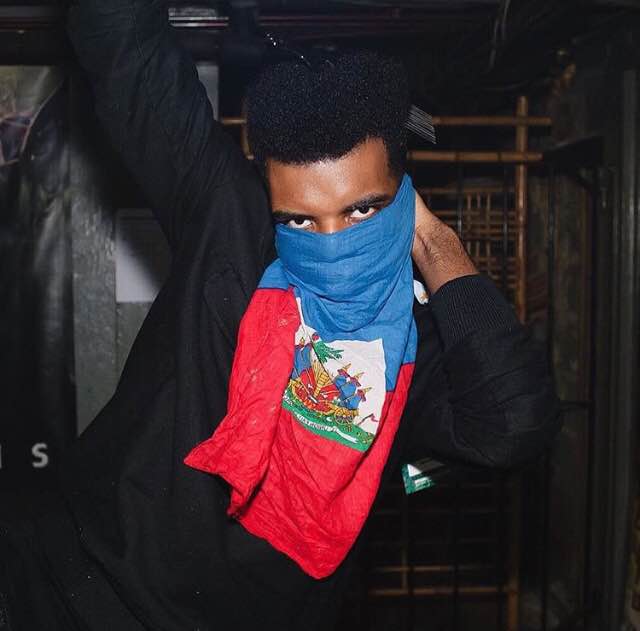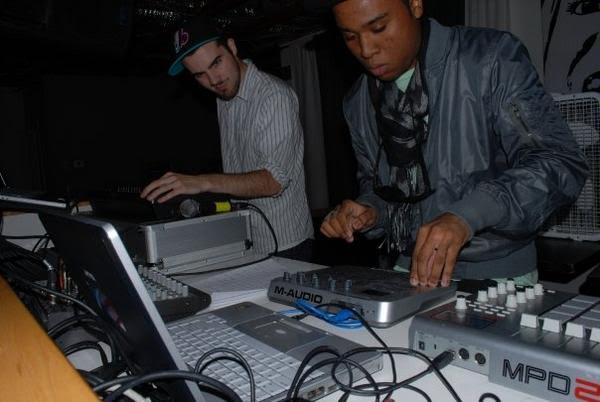Nightclubbing: Torn Curtain

Montreal’s best afterparty spot was also home to a host of rising artists – before its lawless atmosphere attracted the local police
In Montreal, afterparties are a way of life. Rather than simply a bonus round for those unbounded by daytime responsibility, Montrealers treat early morning soirées at mysterious warehouses as if they’re the main event. But when it comes to the illegal venues where these events take place, secrecy becomes a double-edged sword. The same discretion that might keep a loft under the radar of the police for another month or two can also leave the world at large without anything of substance to build a legacy on. Thus is the fate of erstwhile illicit locations such as Lab Synthèse, Friendship Cove, Silver Door, Tarot and the Fall, spaces that once dictated the late night flow of revellers across the city but now largely stand as ghostly reminders of bygone music scenes.
Located on a quiet, largely residential stretch of rue Saint-Urbain between rue Beaubien and rue Saint-Zotique, the Torn Curtain (Le Rideau déchiré in French) stood apart from other afterparty spots when it opened in August 2009. Named after the building’s tattered drapes, which reminded proprietor Phil Borden of the Alfred Hitchcock film and Television song, it was arguably the largest unofficial venue to come on the scene, at 8,000 square feet.
The Torn Curtain was also unique for the sheer variety of events that were held there, including post-punk shows, poetry readings, techno nights, experimental noise jams, theatrical plays and sex parties. An assortment of bands would hone their skills in the surrounding rehearsal rooms. Trapeze artists rented the main room during the week, practicing their aerial gymnastics by mounting swings that would vault them back and forth across the venue’s high ceiling.
One night, you could see d’Eon playing a live jungle set; on another, it might be Jacques Greene or Azari & III behind the decks. You never knew what to expect when you got to the Torn Curtain. The venue also provided a literal home for a loose collective of experimental sonic and visual artists called Internetisdead, serving as an incubator for the early incarnations of bands such as Grimes, Majical Cloudz and Doldrums.
There was conflict between those who lived there and those who partied there, an ideological disconnect between peaceful, futuristic hippies painting the walls on psychedelics and the coked-out weekend warriors cabbing up from Old Port. But the more successful Torn Curtain became as an underground nightclub, the closer it teetered on the precipice of collapse at the hands of the Service de police de la Ville de Montréal.
.41947ac0.jpg?auto=format&w=1280)
Phil Borden
Founder and proprietor of the Torn Curtain
PHIL BORDEN
I saw the ad for the warehouse that would become the Torn [in 2009]. It was an old shmata (garment) building that had most recently been used as a pressing factory. There were all of these huge boilers that distributed steam through these pipes all throughout the warehouse before I moved in. It turned out that the owner went to high school with my father – he was really cool with music being in the building.
So I signed the lease and hit the ground running, building studios, renting them as they were being built. The idea to host events there came out of necessity and poor budgeting. I ran out of cash to fill the place out with studios, leaving a massive, gaping common area in the center. I had rent to pay and the studios weren’t bringing in enough on their own, so I had to look to renting out the common area for events.
Sami Blanco
Noise musician, visual artist, founder of Internetisdead and Torn Curtain tenant
SAMI BLANCO
I was renting a room that was used for a lot of the smaller events, but the fun was all about having big crowds and noise shows in [the main room] with one skylight. Most of my time there [was] spent recording music and painting psychedelic murals everywhere I felt like.
Sebastian Cowan
DJ and founder of Arbutus Records
Thom Gillies
Member of Vesuvio Solo, rehearsed and performed at Torn Curtain
SEBASTIAN COWAN
The Torn was lawless. The room was without boundaries.
Audrey Ann Boucher & Kyle Jukka
Members of She-Devils, Torn Curtain tenants
THOM GILLIES
The space was big, with very tall ceilings – you really didn’t find loft spaces like that anywhere in Montreal. The vibe was seedy as hell.
AUDREY ANN BOUCHER
It was chaotic, it was juvenile, it was innocent. It felt like you were stepping into an urban Neverland.
KYLE JUKKA
It felt like it was our own country and the jams we made were the national music. Lots and lots of music was created, lots of artistic cross-pollination took place, lots of discoveries were made, lots of acid got eaten. It was a 2010s Ken Kesey youth paradise to me.
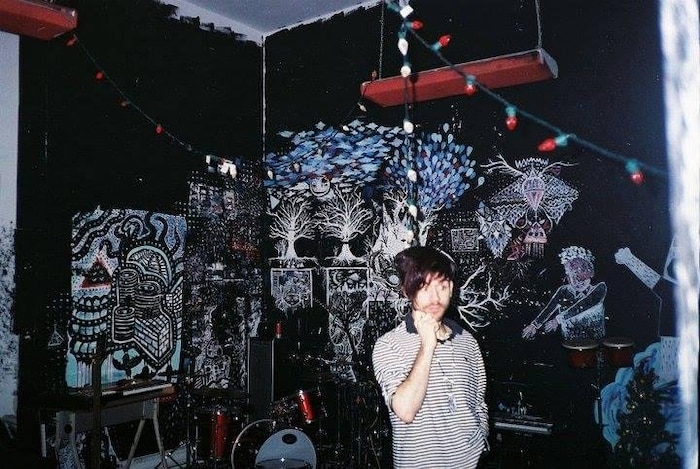
Tobias Rochman
Member of Peleda, performed at Torn Curtain
TOBIAS ROCHMAN
It seemed like it was mostly people who had just arrived to the city and were carving something new out for themselves. Seedier elements sort of soaked in pretty fast. Lots of people trying things for the first time. The indie-rock lumberjacks had a stranglehold on the Mile End and people needed a place to escape and breathe a bit.
Sean Nicholas Savage
Arbutus Records musician, performed at Torn Curtain
SEAN NICHOLAS SAVAGE
Rather than the typical loft venue, this was a decent-sized club built inside of a space, so outside the club was still inside, and there was a sort of psychedelic shanty town going on in the dark corners of that “outside on the inside” area.
Philip Karneef
Musician and DJ, rehearsed and performed at Torn Curtain
PHILIP KARNEEF
There were rehearsal spaces scattered around [the main room that] made it like a really shitty Carnegie Hall. You could just hide in someone’s jam space if the vibe got too heavy. The walls were made of stucco, so if you got too high and someone pushed you, you’d scratch up your damn face.
Kara Keith
Member of UN, rehearsed and performed at Torn Curtain
KARA KEITH
We would jam until 10 PM, then Jen [Reimer, UN’s drummer] and I would take naps in our jam space, get up and wheel our stuff out to play at, like, 4 AM, then just wheel it back down the hall.
Thomas Von Party
DJ and A&R at Turbo Recordings
THOMAS VON PARTY
I think what made Torn Curtain a “big deal,” other than the people involved, was the scale, and crucially, the location. As Montreal shifted northward from the Plateau to the Mile End to Parc X, Torn was one of the key underground cultural spaces that marked that shift and, unlike some of the other afterhours places, it was big enough that you could feel the critical mass.
PHIL BORDEN
Although the Torn and Internetisdead was in no way affiliated with Arbutus Records, we were all good friends, and a big part of what made me think hosting events in the first place would be a good idea was how it coincided with the closing of Lab Synthèse [a loft venue run by Sebastian Cowan]. I wanted to be able to help give what had started there a place to continue to host live events.
At the same time, we have Claire Boucher with a very early and raw version of Grimes jamming with Tim (Lafontaine) of Cop Car Bonfire and Kyle as Flow Child, Sami as well, and many others, all playing off each other. This whole trend some years back, with many acts having a setup consisting mainly of a Roland SP-404 and some effect pedals – in Montreal at least – incubated at the Torn more than any other place.
SAMI BLANCO
The performance part of the Torn was widely vibrant, from a variety of genres from hardcore dream-pop to hip hop and disco [as well as] house to experimental noise and techno shows. The energy of the crowd was ready for anything, vibing to transcendental grooves, and [they would] dress up as a year-round masquerade to the theme of the dance for the night. Every weekend felt like a tribal ritual.
AUDREY ANN BOUCHER
Some of the parties were great. I remember one that Sami had organized – I think it was called Maskerade or something like that – and I had taken mushrooms and everyone was dressed funny and it had that pure spirit. But so many other parties were just crazy disco DJ parties where everyone was fucked up on coke and you could tell nothing good was happening there.
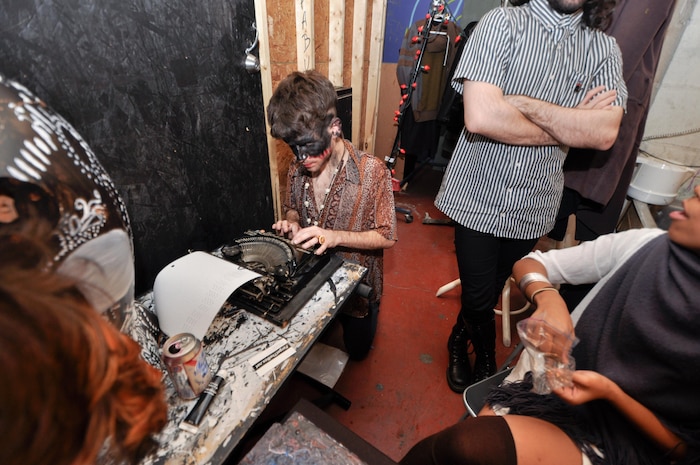
Caila Thompson-Hannant
Mozart’s Sister, performed at Torn Curtain
CAILA THOMPSON-HANNANT
Everyone knew it was seedy, but it had legs as a place. It didn’t feel like someone’s pet project – it was a real force and you always had the sense it was a business venture which, for better or worse, made it kind of different. There were fashion and party photographers there all the time... sort of felt a sense of ‘This is going in the biography!’
PHIL BORDEN
In February of 2011, we attempted to reinvent ourselves as an art gallery. It was Sami Blanco and myself. We had our opening party February 19th and 20th of 2011. We had a lot of great acts play like d’Eon, Jef Barbara. This was a very low-key event and it was over by 11 PM. I started becoming concerned that what we were doing was still putting the whole place at risk, and it’s not like it was very profitable, ending at 11 or 12.
I felt like if we were going to keep doing this at all, we should really do it. I decided that much of the common area should have walls erected around it. If we did this, the sound would be contained and the neighbours wouldn’t call the cops. It was May when the main room was completed, and this marks the beginning of the third and final era of the Torn as a venue. The first party we had in the main room was with Promise and Wilcox spinning. It was a huge success and they became our resident DJs. Things just got bigger from there.
KYLE JUKKA
The venue thing was really an afterthought and marked the end of the Torn being a sacred space, for me. The need for money fueled the move toward afterparties, which prompted the need for a room to be built that would contain the parties sufficiently. The afterparty room killed the freedom and innocence of the space.
Matthew Otto
Ex-member of Majical Cloudz, performed at Torn Curtain
MATTHEW OTTO
Taxis would show up bringing people who were out clubbing downtown, and they would somehow enter this world that was otherwise very insular, mostly inhabited by bohemian electronic/noise musicians. You had these well-dressed, proper clubgoers dancing to […] experimental noise music alongside people who identified themselves as being part of the music scene and a variety of sketchy weirdos who simply enjoyed the dark, cavernous vibe, which allowed them to get up to their sketchy business until sunrise.
PHIL BORDEN
There were just no boundaries. There were like 20 taxi cabs out front at any given time. I was in constant communication with the cops – they would come and talk to me on weekdays. I kept trying to appease them, hiring more and more security. By the end, we had three guys just outside patrolling the whole block making sure people weren’t terrorizing the neighbours. The cops totally played me. They gave me a false sense of security, having me jump through hoops, while they built a case against us sending in undercovers.
SEAN NICHOLAS SAVAGE
It served as a kind of bottom of a funnel for all the other clubs around Montreal. All the druggy people in the city seemed to drain there and these were the hours where it very commonly became a super legit rave, complete with freaks and creeps of all varieties.
AUDREY ANN BOUCHER
[I was] living there, someone who was coming from an ugly place, hoping to find salvation at the Torn, and all I saw were jaws grinding and people getting blowjobs in the hallways and being scared to get robbed. The line for the bathroom would get so crazy we had to piss in bottles.
KARA KEITH
[At most afterparty venues] there is an organic evolution that begins with artists reimagining forgotten spaces and filling them with life. Word spreads to the college kids, jocks… eventually the Hells Angels show up and demand stakes in the party drug trade. Word continues to spread and soon the downtowners are showing up in black Mercedes and bros are peeing on all the neighbours windows.
Thomas Carlo Promise
Torn Curtain resident DJ and booker
THOMAS CARLO PROMISE
I think what led to the downfall was we straight-up got greedy. We knew the cops were close to busting us, but we wanted to throw Montreal one last party weekend before taking a hiatus.
During a party on December 2, 2011, the Torn Curtain was raided by Montreal police.
SEBASTIAN COWAN
Dozens of police officers locking down the space, individually processing the 300+ audience members, Sean Nicholas Savage nearly getting arrested due to an argument with the police, but being released after.
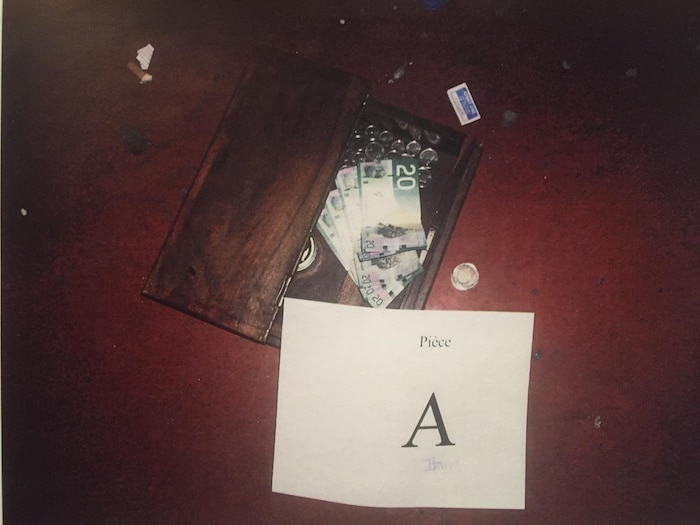
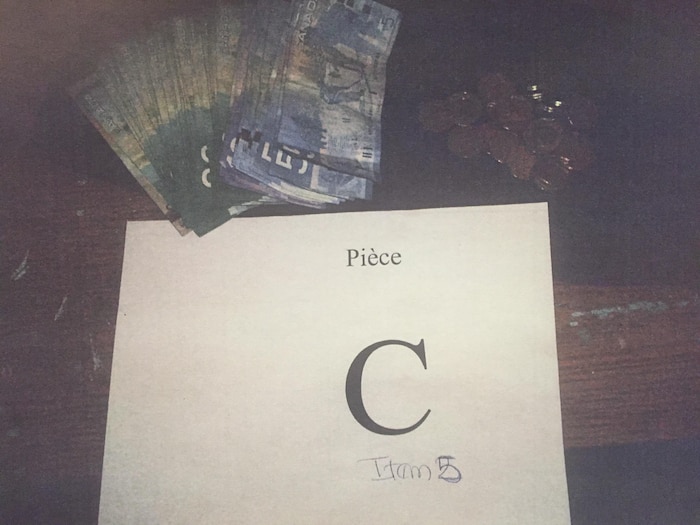
PHIL BORDEN
I think a turning point was when we started having a coat check. I was very against it, and I wish I would have stuck to my guns on that one. In the eyes of the cops, we were just a bunch of kids having fun in our workspace, but the presence of the coat check denoted us as a proper club. A completely illegal, proper club. They just couldn’t stand for this. The police formed a task force to really nail us hard, and the same team led by the same officer hit Silver Door about a month later.
CAILA THOMPSON-HANNANT
Torn was like a really big Jenga tower, and then it fell and things kind of rearranged on a smaller scale. Lots of places still, but none [as] big and busy as that.
SEBASTIAN COWAN
For a whole summer there were virtually no alternative spaces in which to throw a party, which is something that the local scene relies upon. I’m happy to say now that this is no longer the case and, perhaps, it’s never been better then it is right now for this sort of thing.
PHIL BORDEN
There hasn’t really been anything like Torn since. People avoid using Facebook for promoting now because event pages were used as evidence against us. Anyone trying to have these sorts of events, especially on a regular basis, is now wise to the presence of undercover cops trying to buy drinks.
TOBIAS ROCHMAN
It tested a lot of boundaries in terms of what you could and couldn’t get away with. What worked has continued on to the new spaces and what didn’t was sort of left behind. People are much more savvy now. Torn Curtain opened some doors that never closed. They paid the price for being pioneers but that’s why we’re still talking about it. [The police] tried to make an example out of Torn, raiding it, humiliating and intimidating people, but all they did was solidify the need for it. People got more motivated. After Torn Curtain proved it was possible, all bets were off. We survived and got better at doing what we do. So we won.
Header image © Airick Woodhead, live photo of PJs
